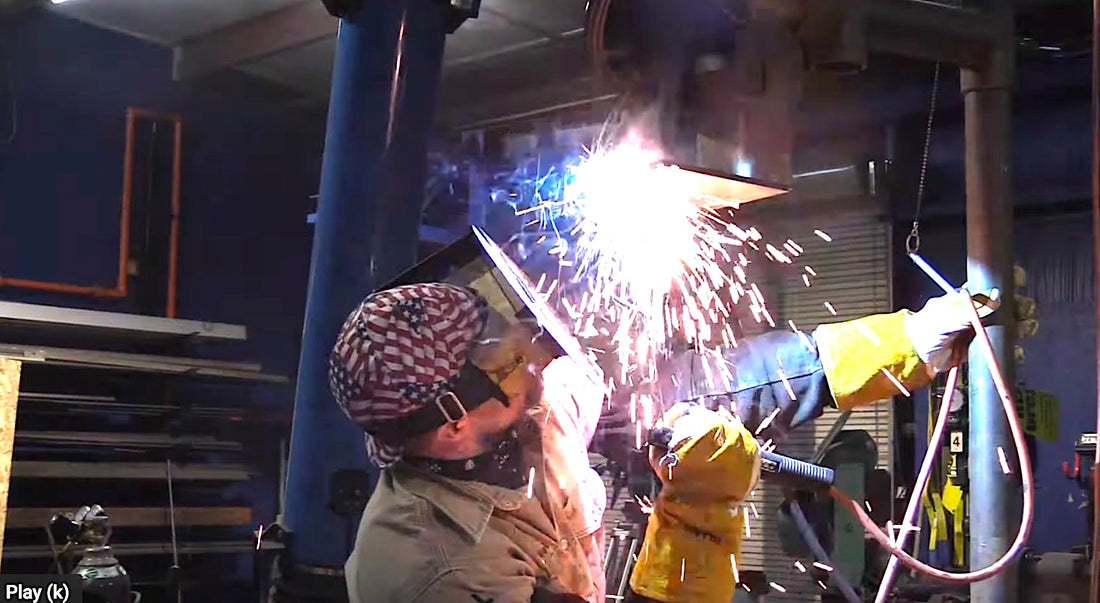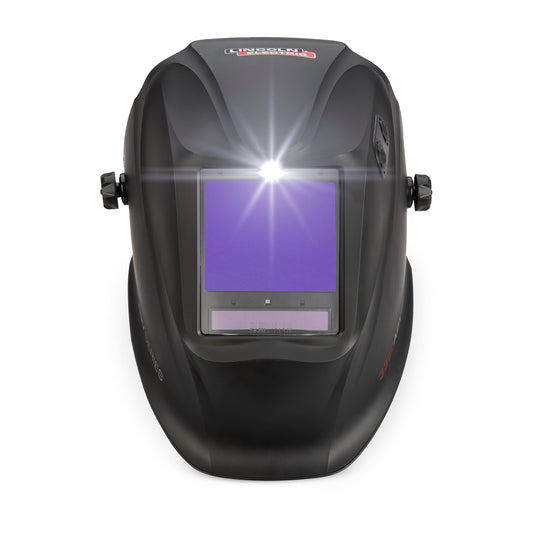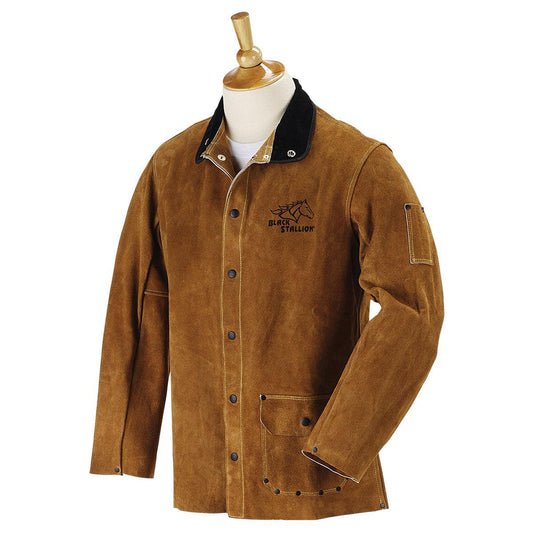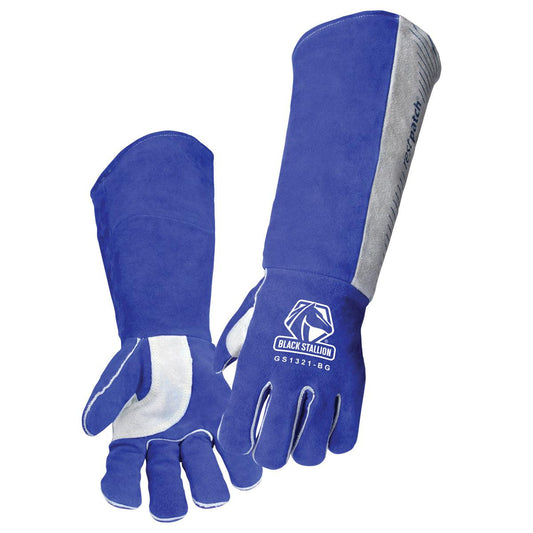It’s inevitable that at some point along the way you’ll encounter a job or project that requires you to weld upside down – as in leaning backward, head craned all the way back, with both arms overhead while wrangling a welding gun.
Also known as Overhead Welding (a form of Out of Position Welding), this awkward position presents welders, especially new and inexperienced welders, with a unique set of challenges, including odd logistics, using welding equipment in unusual ways, and not least of all, special safety concerns.
As is the case with most welding techniques, there is no substitute for experience; however, there are several tried and true methods which can definitely ease your struggle on the path to mastering overhead welding.
The following is a list of 10 tips and tricks that will help you improve your overhead welding technique:
Speed of Travel
Obviously, you’re fighting gravity when it comes to overhead welding. You need to lay your bead of weld as quickly and efficiently as possible, otherwise you’ll end up with a puddle of molten metal dripping down on you. Several important factors governing your speed of travel come into play when it comes to welding overhead, which leads us to the next tip.
Wire Speed
You want the wire feeding quickly enough to maintain a brisk speed of travel, but not so fast that you create excessive spatter, which can compromise your weld and gum up your welding gun’s nozzle. You’ll probably have to play with your welding machine settings a bit in order to find the “sweet spot” for your ideal wire feed setting.
Voltage – Controlling the Arc Length
Building on the wire speed tip, controlling your length of arc is an important element of minimalizing spatter and creating a solid and sound bead of weld. Reducing your voltage will shorten your arc length, keeping the weld puddle small and more manageable, reducing spatter.
Amperage – Controlling Heat
Reducing your amperage lowers the heat generated by your welding machine, keeping the bead of weld smaller and facilitating faster drying time, which in turn decreases the probability of molten metal dripping down on you.
Electrode Size
Ideally you want to keep the weld bead small to promote a faster speed of travel, and using a smaller diameter electrode will help you maintain a narrower and more controlled bead.
Shielding Gas Flow Rate
Because shielding gas is lighter than air and flows upward, you may need to increase your gas flow rate to compensate for the increased loss of gas.
Welding Gun Angle
Holding the welding gun at an angle relative to the bead of weld is another method to help expedite the speed of travel, but take care to keep your welding gun nozzle clean as spatter can build up more quickly when welding overhead. Anti-Spatter spray can be helpful with reducing spatter build up on your welding gun nozzle.
Additionally, when you’re holding the welding gun at an angle, be careful not to create a kink in the welding liner as this may impede the wire speed, slowing down your speed of travel and compromising your weld.
Welding in Circular Pattern
Many welders suggest moving the bead of weld in a tight circular pattern to compensate for the smaller bead of welding that results from the expedited welding speed of travel.
Multiple Passes
Making multiple passes to strengthen the weld and compensate for the smaller weld bead is another common suggestion made by seasoned veteran welders.
Ear Plugs
In addition to all of the normal safety equipment – gloves, goggles, helmet, hat, apron, long sleeve shirt, etc. – many welders recommend earplugs, as sparks and spatter often seem to make there way into your ears when welding overhead – universally revered as an incredibly painful experience!
If you are doing any overhead welding you need to make sure you're properly equipped with safety gear. Check out all of the safety gear Bakers has to offer here.



